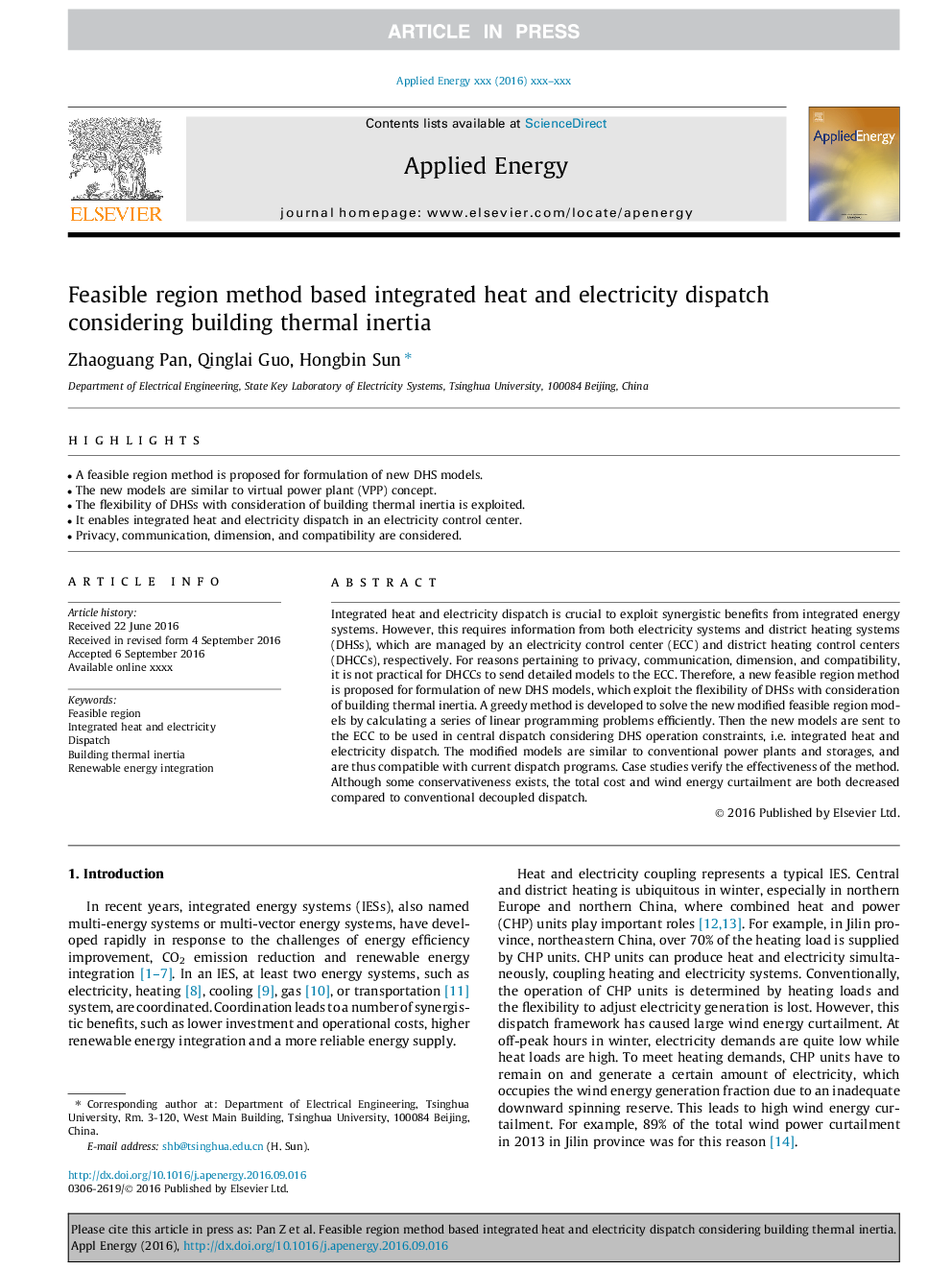ترجمه فارسی عنوان مقاله
اعطای گرما و برق یکپارچه به روش منطقه ای امکان پذیر است، به این ترتیب، با استفاده از اینورتر حرارتی ساختمان
عنوان انگلیسی
Feasible region method based integrated heat and electricity dispatch considering building thermal inertia
| کد مقاله | سال انتشار | تعداد صفحات مقاله انگلیسی |
|---|---|---|
| 150064 | 2017 | 13 صفحه PDF |
منبع

Publisher : Elsevier - Science Direct (الزویر - ساینس دایرکت)
Journal : Applied Energy, Volume 192, 15 April 2017, Pages 395-407
ترجمه کلمات کلیدی
منطقه قابل اجرا، گرما و برق مجتمع، ارسال اینورتر حرارتی ساختمان، یکپارچگی انرژی قابل تجدید،
کلمات کلیدی انگلیسی
Feasible region; Integrated heat and electricity; Dispatch; Building thermal inertia; Renewable energy integration;

